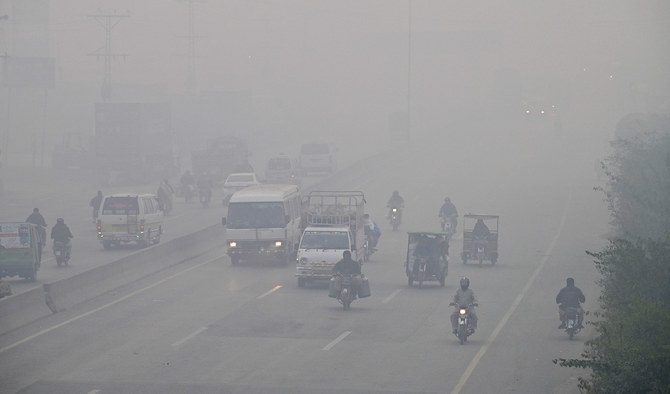Artificial Rain
Lahore’s air quality, although still deemed “unhealthy,” witnessed a significant improvement from the “hazardous” level as the Air Quality Index (AQI) dropped from 318 to 189 on Sunday, thanks to the implementation of artificial rain. Despite the positive shift, medical experts continue to advise the public to wear masks while venturing outdoors.
Ranked sixth in the list of the most polluted major cities, Lahore’s AQI stood at 189 at 9:40 am. The United States AQI designates a fine particulate matter (PM2.5) concentration of 60 micrograms per cubic meter as “unhealthy,” posing risks of respiratory problems. In contrast, the World Health Organization (WHO) recommends an annual average of 10 for PM2.5.
This environmental progress follows Pakistan’s utilization of artificial rain in Lahore to combat smog, marking the first such experiment in the country. Equipped with cloud-seeding technology, planes provided by the United Arab Emirates (UAE) dispersed rain-inducing materials over ten areas of the city. The UAE’s assistance was characterized as a “groundbreaking moment” by caretaker Punjab Chief Minister Mohsin Naqvi.
Lahore has long suffered from toxic smog, particularly during the winter season, affecting over 11 million residents. PM2.5 pollutants in the air, known to enter the bloodstream through the lungs, had reached hazardous levels on Saturday, surpassing WHO danger limits by more than 66 times.
Expressing relief, Naqvi shared the positive outcome on social media, stating, “Finally Below 200 AlHamdullila.”
However, in Karachi, the air quality level rose to a hazardous AQI of 313, earning the city the unfortunate title of the most polluted in the world. Karachi’s PM2.5 concentration exceeded WHO guidelines by 52.5 times. The Pakistan Meteorological Department forecasted cold and dry weather for Karachi, potentially intensifying the severity of cold weather conditions. The morning temperature was recorded at 16 degrees Celsius, with a maximum temperature expected around 28 degrees Celsius.


